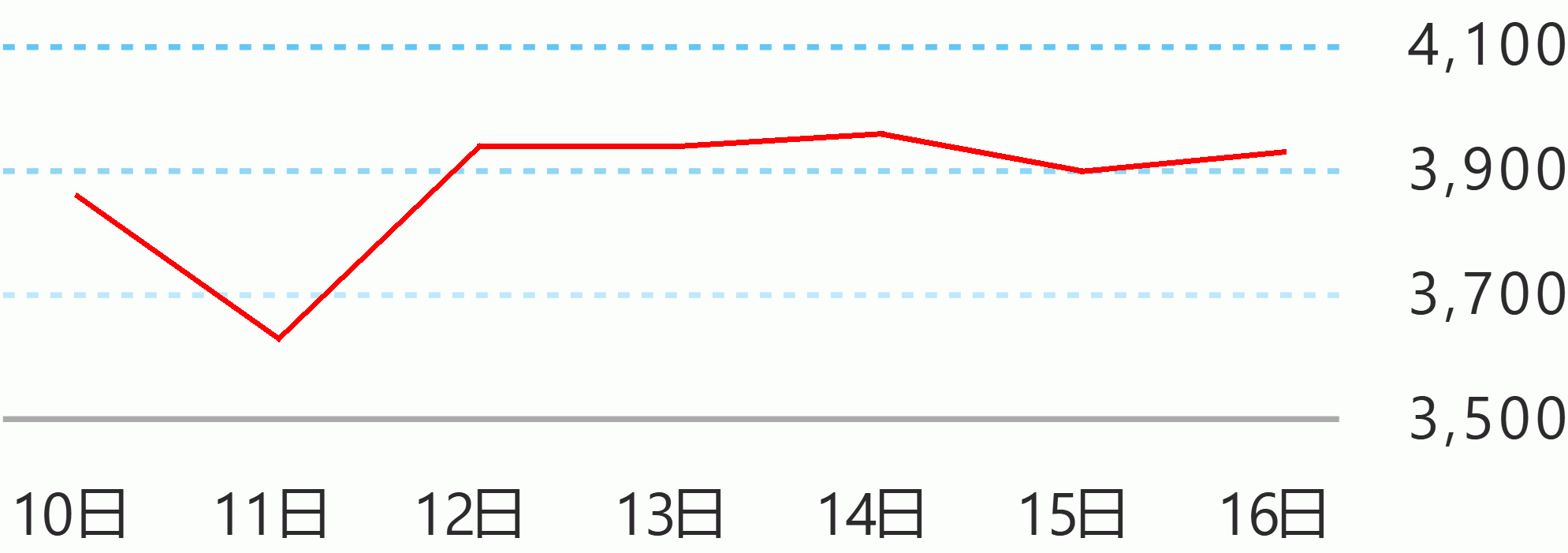The Department of Finance (DOF) has reported that the country’s national government revenues, which stood at P3 trillion or 15.5 percent of GDP in 2021, are expected to be within the median range of its peers in the Association of Southeast Asian Nations (ASEAN).
The government achieved this level of revenues despite some restrictions in economic activity last year due to the reimposition of prolonged community quarantines in response to the emergence of the more infectious Delta variant of the COVID-19 virus.
Director Rowena Sta. Clara of the DOF-Domestic Finance Group (DFG) reported in a recent DOF Executive Committee (Execom) meeting that the recovery of revenues in 2021 brought the average revenue effort of the Duterte administration over the five-year period of 2016 to 2021 to 15.6 percent ? the highest ratio in over two decades since the Ramos administration.
“Among six ASEAN countries with available central government data or estimates, Brunei is projected to top the list in terms of revenue effort with 19.1 percent, followed by Singapore with 18.7 percent. The Philippines’ 15.5 percent is next to Thailand’s 17 percent but ahead of Malaysia’s 14.3 percent and Indonesia’s 11.8 percent,” Sta. Clara added.
“Data for other ASEAN countries are based on the projections from the International Monetary Fund (IMF) while the Philippine data is based on the actual Cash Operations Report from the Bureau of the Treasury. All data are projections except for Indonesia and the Philippines,” she said.
Meanwhile, the Philippines ranked second among its ASEAN counterparts in expenditures, which reached P4.7 trillion pesos or 24.1 percent of GDP, according to Sta. Clara.
She said the 10.6 percent growth in National Government expenditures from 2020 to 2021 was driven by: infrastructure and other capital expenditures amounting to 5.8 percent of GDP; continued spending for various recovery measures, including vaccine procurement and equity infusion in support of government financial institutions’ lending assistance programs; and spending on personnel services, which has increased to about 30 percent of National Government expenditures in the past decade.
The Constitution grants the so-called “power of the purse” to the Congress, which writes the annual national budget of the government through the yearly General Appropriations Act (GAA).
The DOF said that with an expenditure-to-GDP ratio of 28.4 percent, the government of Brunei is projected to have spent the most last year in relation to the size of its economy.
Singapore ranks third, with an expenditure level of 21.1 percent of GDP, roughly three percentage points less than the Philippines.
All six countries incurred a budget deficit in 2021.
Brunei is projected to have the highest deficit-to-GDP ratio at 9.3 percent, followed by the Philippines with a deficit of 8.6 percent and Malaysia with 6.4 percent.
The Philippines’ elevated deficit-to-GDP ratio since the outbreak of the COVID-19 pandemic was due to the combined impact of lower-than-usual revenues as a result of the community quarantines and the increased spending to mitigate the health and economic shocks brought about by the pandemic.
The DOF has said that fiscal discipline has been a key part of the Duterte administration’s strong fiscal position ahead of the COVID-19 pandemic.
According to the DOF, National Government debt would have reached P15.4 trillion in 2022, higher by P2.2 trillion, because of revenue-eroding legislative proposals or those requiring new appropriations had the Duterte administration not exercised fiscal discipline over the past two years. DOF




 English
English











